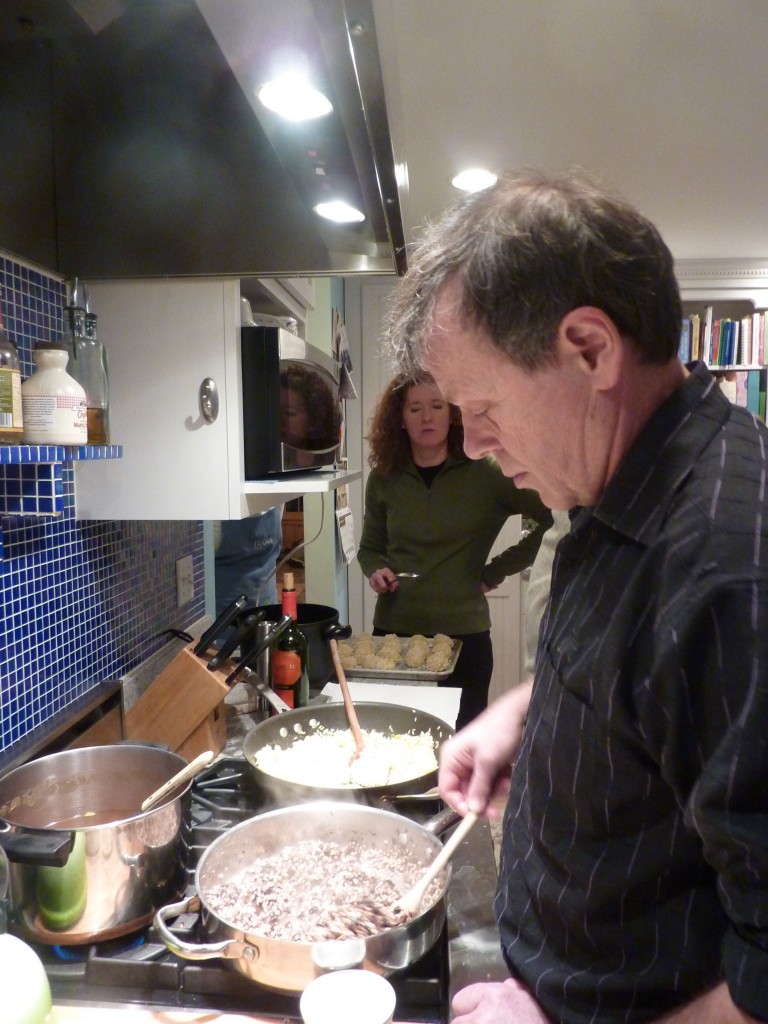
Northern Italy is well-known for its wide variety of risotto dishes made from the wonderful indigenous rices. But we can apply the same techniques to other grains, many of which are nutritionally superior to rice.
In Italian, barley is “orzo”, providing much confusion for us Americans who are familiar with a rice-shaped small pasta by the same name. To make matters more confusing, Americans make a risotto type dish from this orzo pasta. In Friuli Venezia Giulia, a very typical regional dish is a ‘risotto’ made with barley, or orzo, called orzotto. I have seen recipes in the US for an orzotto, but often these are made with orzo pasta, not barley.
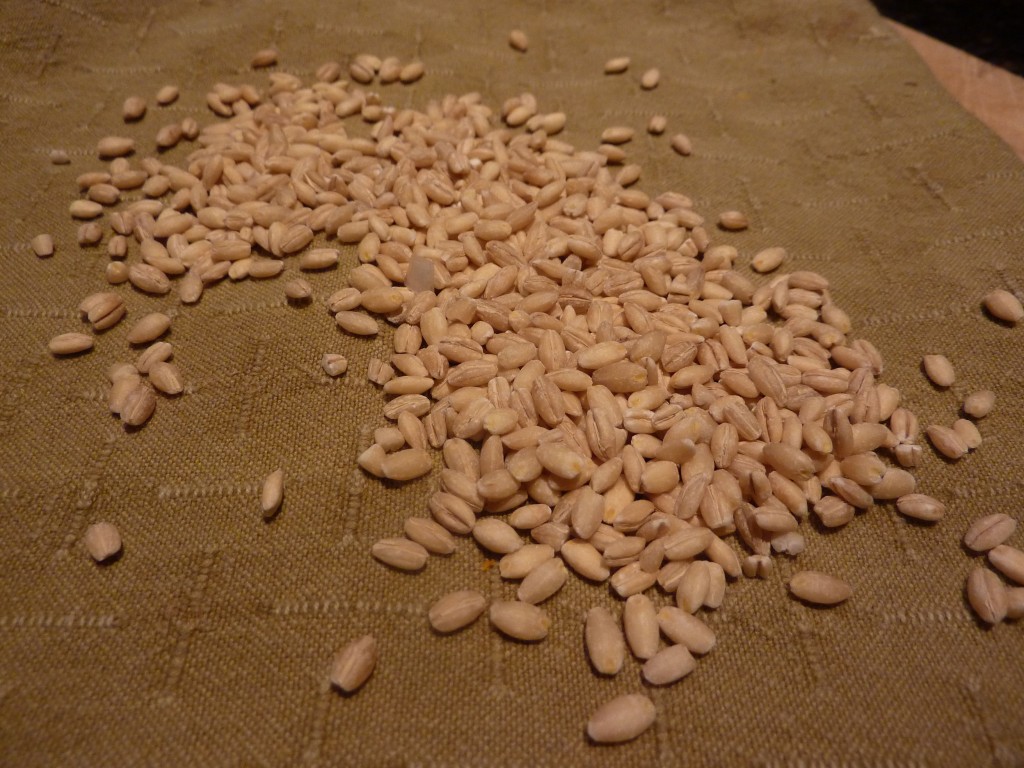
There are two types of barley found in Italy, mondo or hulled barley, which has been minimally processed to remove the hull. It is fiber-rich, and contains several high quality proteins. Perlato, or pearled barley, has been processed further in order to remove the germ and some of the bran. The grains are rounder, and it contains about 30% less nutrients. The mondo barley is used primarily in soups. The perlato barley cooks much faster, and is more often called for in recipes than the mondo type. When cooking with pearled barley, be aware that the amount of ‘pearling’ can vary from type to type, so the cooking time can vary significantly. The more it resembles a elongated grain, the longer it will take to cook.
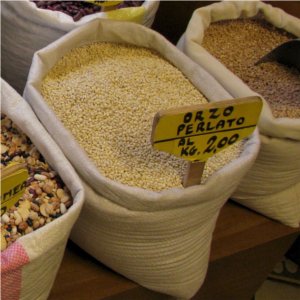
Barley has been cultivated in Italy since ancient times, probably one of the first grains consumed in its wild form. Roman legionnaires would march off to battle with a bag of barley, which they would later boil in their helmets, making a hearty porridge. Its’ reputation for sustaining fighting forces was widespread; according to Pliny, barley was the special food of gladiators, who were also known as hordearii, or ‘barley eaters’.
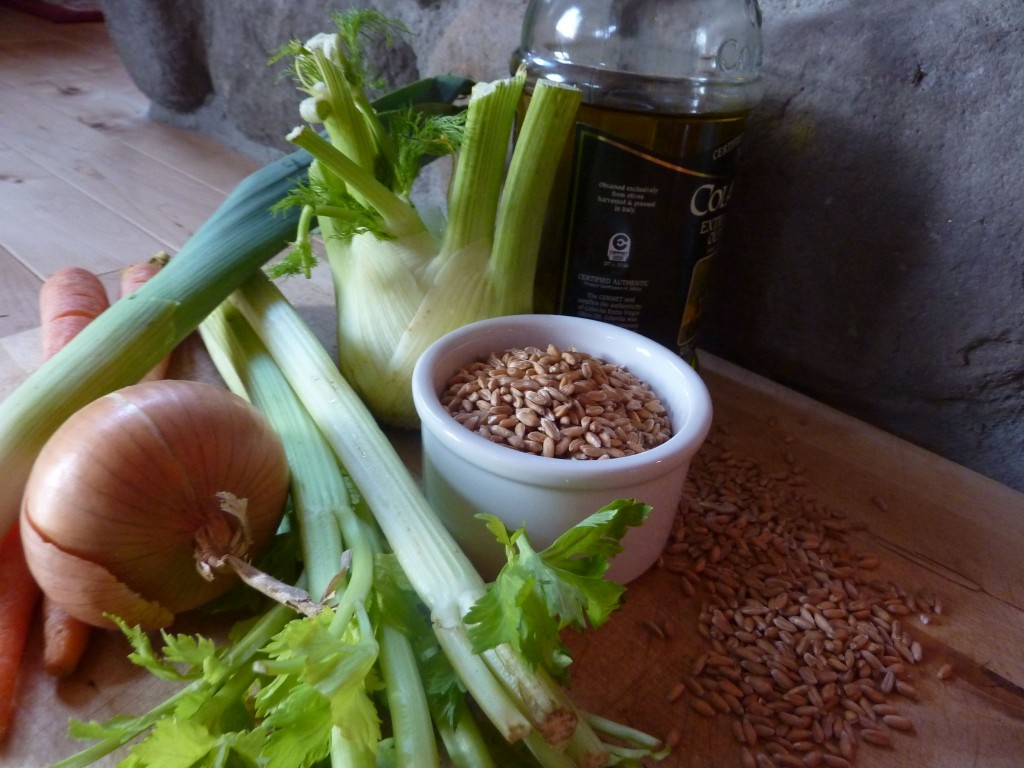
Barley is no longer a commonly found grain in the Veneto region, but it appears occasionally, in dishes like Crema d’Orzo al Latte (Barley Crema with Milk), a porridge type dish, similar to oatmeal in which barley replaces the oats. As we move north and east from the Veneto, however, we see more barley being cultivated and consumed today. It is particularly well-suited for cultivation at high altitudes, making it an important grain in the mountainous Trentino and Friuli-Venezia Giulia regions.
In Trentino, it is cultivated in the Adige valley, to the south of Bolzano. In this region, maize or corn is the most important grain, but wheat, oats and barley are grown here has well.
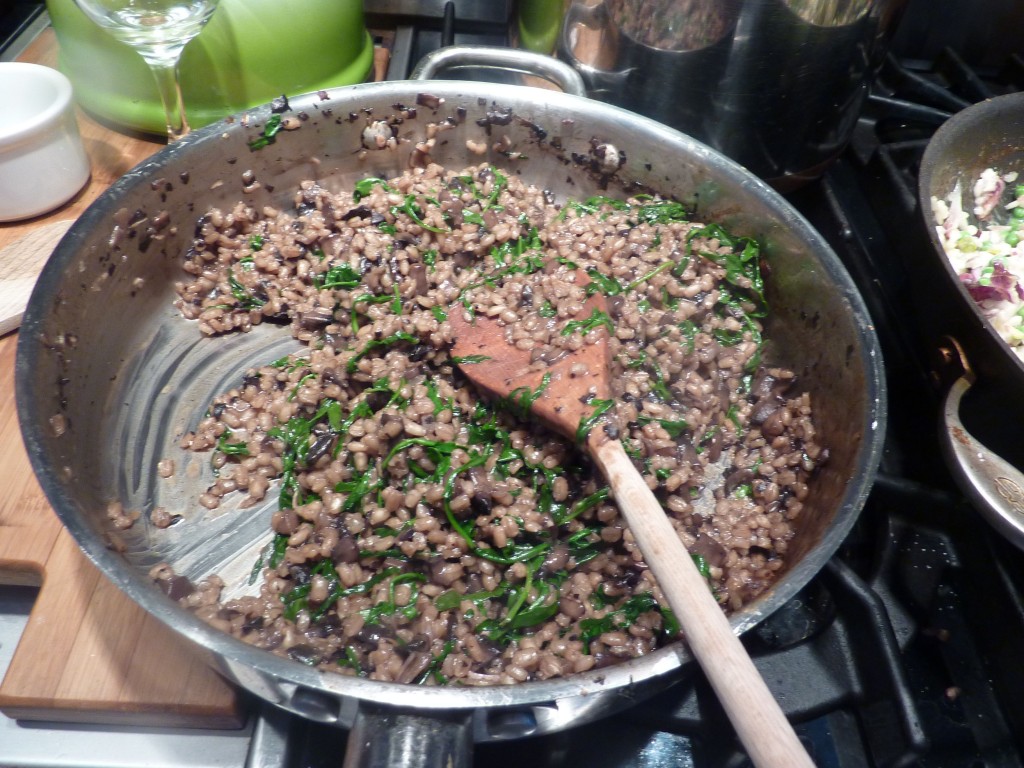
In Friuli Venezia Giulia, barley is one of the most important grains, having been introduced to the area by Jewish peoples who settled in Trieste. Here, the pasta e fagioli (pasta and bean soup) common throughout Italy morphs into orzo e fagoili, barley and bean soup. Also, risottos in this region become ‘orzotto’ when the Vialone Nano rice is replaced with orzo.
Mushroom and Arugula Orzotto
Serves 6
7 1/2 cups vegetable or chicken stock
2 tablespoons extra virgin olive oil
1 onion, minced
1 shallot, minced
2 cloves garlic, minced
3 cups mixed mushrooms, coarsely chopped
kosher salt and freshly ground pepper
1 1/2 cups pearl barley
1 cup red wine
6 cups baby arugula
1/3 cup freshly grated Parmesan cheese
Bring the stock to a boil. Lower heat to maintain a simmer.
Heat the oil in a large pan, add the onion and shallot, and cook over low heat, stirring occasionally, for 5 minutes. Add the garlic and cook until aromatic, about 1 more minute.
Add the mushrooms and cook, stirring, until they start to release their juices. Taste, and season with salt and pepper.
Add the barley. Stir and allow to toast for about 5 minutes, and then add the red wine. Cook until most of the red wine has evaporated. Reduce heat.
Add a ladleful of stock to the barley – about 1/2 cup. Cook, stirring occasionally, until most of the stock has been absorbed. Continue to add the stock, 1/2 cup at a time, and cooking until the liquid has been absorbed before adding more. The barley is finished when creamy and tender, about 35 – 45 minutes; you may not need all of the stock.
Stir in the arugula and cook until slightly wilted, about 1 minute. Stir in the cheese and butter. Season with salt and pepper.
A perfect pairing with this would be a wonderful Tocai Fruiliano, Pinot Grigio, or Pinot Bianco from Friuli Venezia Giulia.

Pingback: Spring Oat Risotto - Recipes from Italiaoutdoors Food and Wine | Italian Food, Wine, Health and Fitness